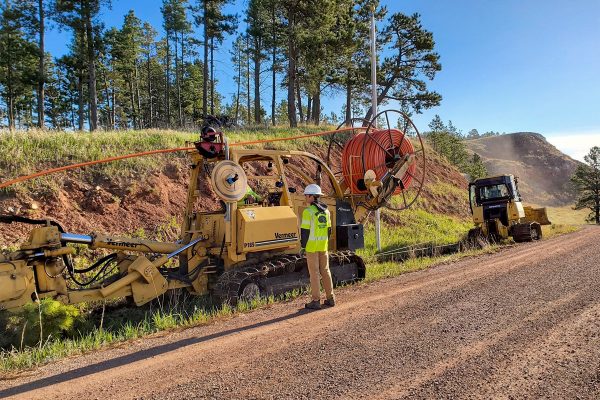
A global technology research company has predicted one market will grow by 69 percent annually to become an $8 billion market by 2021.
Impressive, right? That company was the International Data Corporation (IDC), and its 2017 prediction studied the Software Defined-Wide Area Network (SD-WAN) market. Other research studies have given the networking technology’s potential growth an even higher dollar amount.
They’re predictions that may leave businesses wondering whether to invest in SD-WAN. Maybe. But first, experts suggest considering which types of enterprises are most suitable.
How Can WAN Be Used in a Business?
First, businesses should think about what type of wan connectivity currently exist in their WAN architecture. SD-WAN technology is transport agnostic, meaning that it works with multiple connection types such as MPLS, cable internet, 4G/LTE, among other methods. SD-WAN uses Software-Defined Networking (SDN) principles and policy-based automation to connect sites through a centralized management platform.
It’s like Google Maps, which provides new routes when there’s traffic or road construction. Yet the new directions still get drivers to their destination. SD-WAN does something similar by using local internet or any available connection to effectively direct network traffic.
This technology could be especially helpful for research or response mobile command centers, manufacturing, construction, or energy sites that have temporary and/or multiple locations in a region.
It can also help retail chains, financial institutions, or banks that only have a few employees at a remote site that cannot justify the cost of adding an MPLS circuit. SD-WAN can provide a last-mile connection to locations that otherwise might not be suitable for MPLS. With this feature, SD-WAN might be most ideal for small to midsize businesses.

SD-WAN Solutions and Benefits of SD-WAN
Adopting an SD WAN solution allows companies to provide remote locations and small sites with improved user experiences and increased bandwidth by leveraging multiple connections – while remaining cost competitive.
Some of the features, including application awareness, automated policy control, and other value-added services make a case for medium-sized companies with a small-to-moderate IT staff.
SDN Communications has simplified SD-WAN deployment at a local branch. SDN engineers preconfigure the hardware to ensure a smooth installation. In many cases, it’s as simple as plugging in a cable.
SD-WAN Benefits and Network Security
Finally, SD-WAN enables cloud usage organizations that are adopting or using cloud services to have better consistency in network performance, which these days is the majority of businesses. Those who use Microsoft Office 365, Dropbox, Salesforce, G Suite (formerly Google Apps), or Adobe Creative Cloud are already on the cloud. They need a secure, fast, and resilient network to ensure employees can work at any location, whenever needed.
Secure SD-WAN creates Virtual Private Networks designed for the cloud. It uses policy-driven network automation to accomplish that.
Traditional WAN Optimization and Software as a Service
Traditional router-based WAN structures are not for everyone. For that matter, neither is SD-WAN. But for those who would benefit, you get the best of both worlds: reliability, scalability, security, centralization, and lower costs. Together, the features make managing your network a whole lot easier.
For many businesses, SD-WAN is an improving technology that certainly seems to be worth checking out. If yours is one of them, contact SDN Communications to learn more.
SDN Communications’ sales engineer Chris Aeilts explains the SD-WAN offering in two videos offering the basics about the technology and another that’s more technical. Watch them both below.
SDN Communications’ sales engineer Chris Aeilts explains the SD-WAN offering in two videos offering the basics about the technology and another that’s more technical. Watch them both below.



